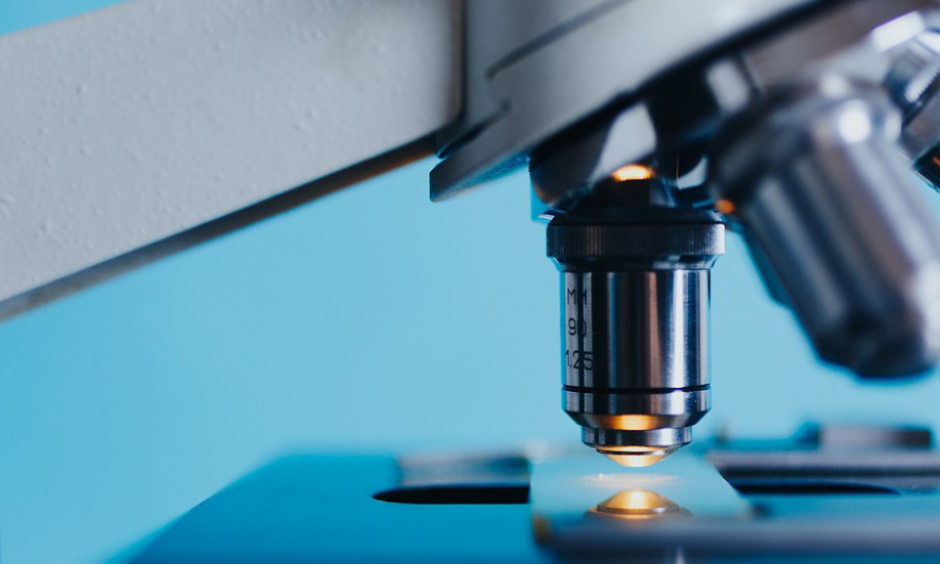YEAST species responsible for protection against fungi on the skin is also pivotal in the development of atopic dermatitis symptoms. A group of researchers from the University of Zurich studied mice and humans to discover the role of fungi, in both the protection and development of this inflammatory skin disease.
Mammalian skin is populated by high levels of fungi, including a species of yeast: Malassezia is a fungus which is part of the microflora that makes up healthy skin, strengthens bodily defences, and readies the immune system for any dangerous pathogens. However, the fungal species is associated with common inflammatory skin diseases, such as atopic dermatitis.
The researchers used a murine epicutaneous infection model and found that Malassezia stimulates production of the cytokine IL-17. This process is vital in the prevention of fungal overgrowth, which can lead to inflammatory skin diseases. Prof Salomé LeibundGut-Landmann, University of Zurich, Zürich, Switzerland said: “If this cytokine isn’t released or if the immune cells that produce IL-17 are missing, there is nothing to stop the fungus from growing and infesting the skin”.
However, Malassezia also aggravates the skin when its integrity is weakened. The fungi trigger a response from the immune system which results in inflammation of the skin. Malassezia is therefore key in both immunity from fungal overgrowth and in aggravation of cutaneous inflammation. Further research is required to identify an explanation as to why Malassezia has this damaging impact and why these mechanisms, which usually protect, break down.
Up to 20% of children and 10% of adults are affected by atopic dermatitis, symptoms of which include dry skin and inflamed lesions. The researchers hope this research will lead to a new approach in the treatment of atopic dermatitis. Prof LeibundGut-Landmann continued: “The findings of our study suggest that therapeutic antibodies that neutralise the effect of IL-17 could be an effective treatment for atopic dermatitis. These antibodies already exist and are being used to treat psoriasis with great success”.








